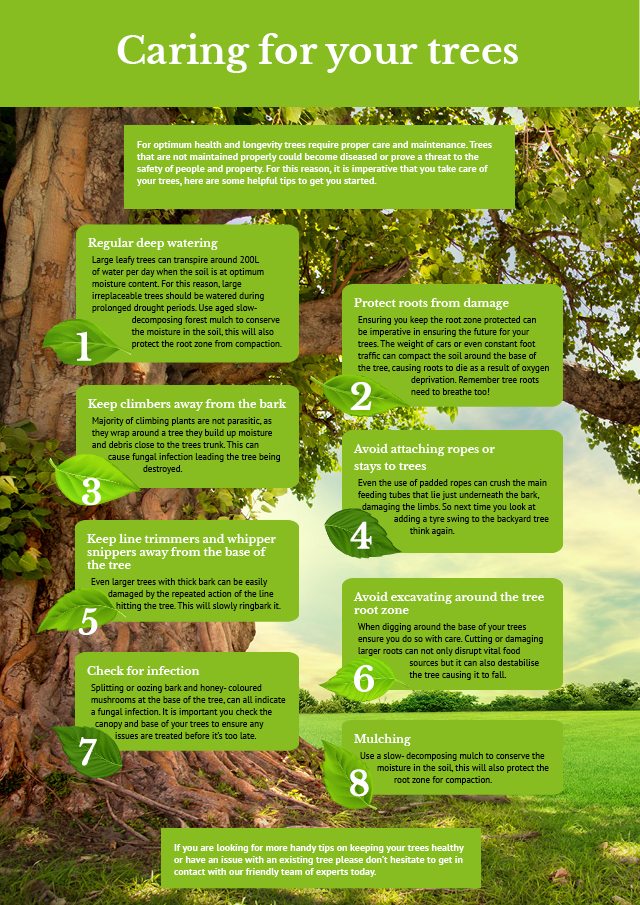Post-Tree Removal Treatment Is Crucial For Landscape Repair; Discover Important Actions To Renew Your Space And Prevent Future Concerns
Post-Tree Removal Treatment Is Crucial For Landscape Repair; Discover Important Actions To Renew Your Space And Prevent Future Concerns
Blog Article
Material Create By-Nunez McKinnon
After a tree's removal, your landscape may look fairly different, and it's essential to assess the after-effects carefully. You'll want to review the dirt disruption and check bordering plants for any kind of signs of tension. Ignoring these aspects can bring about bigger problems down the line. So, what should Tree Pruning Sealer perform with those stumps and origins? And how do you pick the very best plants for your rejuvenated room? Let's check out these important steps.
Analyzing the After-effects: Assessing Your Landscape
After a tree elimination, it's essential to examine your landscape to comprehend the influence it has on your lawn.
Start by analyzing the area where the tree stood. Search for indications of soil disturbance, and inspect the bordering plants for any kind of tension or damage.
You need to additionally keep in mind of just how the elimination has actually transformed sunlight exposure and airflow in your garden. This shift can influence the growth of nearby plants, so it's necessary to evaluate their health.
Take into consideration the aesthetic aspects also; the removal might produce an open space that you can revamp.
Lastly, consider any type of prospective disintegration issues that may arise from the tree's lack. Attending to these elements early will assist recover balance to your landscape.
Handling Stumps and Roots: Options for Removal
Once you have actually analyzed the after-effects of the tree removal, you'll likely require to deal with the stump and origins left.
You have a couple of choices for elimination. One effective method is stump grinding, where an expert makes use of a machine to grind the stump down to below ground level. This method leaves minimal interruption to your landscape.
If you prefer a DIY approach, you can use a combination of excavating and chemical stump eliminators. Simply keep in mind, this process can take time and effort.
Conversely, take into consideration leaving the stump as a natural attribute, which can act as a distinct yard component or habitat for wildlife.
Whatever you select, dealing with the stump and roots is crucial for recovering your landscape.
Selecting the Right Plant Kingdoms for Your New Room
As you analyze your newly removed room, selecting the right plants can dramatically enhance your landscape's beauty and capability.
Begin by considering the sunlight and soil conditions. For sunny areas, choose drought-resistant plants like lavender or succulents. In shaded places, brushes and hostas prosper well.
Think about the dimension and growth practices of your plants; mix perennials and annuals for seasonal variety. Do not fail to remember to incorporate native types; they need much less maintenance and assistance neighborhood wildlife.
Group plants in strange numbers for a much more all-natural look and develop layers for aesthetic depth.
Lastly, ensure https://www.ironmountaindailynews.com/opinion/editorials/2020/06/bbb-be-cautious-when-hiring-a-lawn-care-contractor/ have a mix of colors and appearances to maintain your landscape vibrant throughout the periods.
Happy planting!
Conclusion
In conclusion, recovering your landscape after tree removal is a rewarding process. By assessing the results, dealing with stumps and roots, and choosing the right plants, you'll develop a successful atmosphere. Do not fail to remember to incorporate disintegration control procedures to shield your dirt. With a little effort and care, you can transform your room into a vivid yard that improves your residential or commercial property. Accept the possibility to rejuvenate your landscape and appreciate the elegance of nature right in your backyard!
